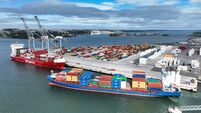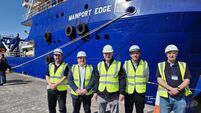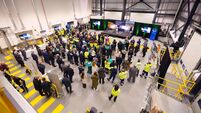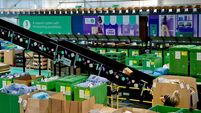Port of Waterford: The south-east’s strategic gateway to global trade

Port of Waterford offers a range of facilities and services across four key locations. These include Lift-On Lift-Off, Bulk Handling, Project Pilotage, Towage & Tugs, Rail Transport, Cruise, Storage and Rental. The port's rural location offers greater accessibility and no congestion.
The Port of Waterford has, for over one thousand years, served as a vital site for trade and enterprise and is the only Irish port with a direct rail link to national distribution hubs. This cuts costs, reduces emissions and ensures schedule reliability.
Last year, the port had one of its strongest performances in recent years, handling a 15% rise in vessel visits in 2023 with container throughput up 21% and bulk cargo up 19%. These figures reflect Waterford’s growing role as the south-east’s strategic trade gateway and an important contributor to Ireland’s global connectivity.

CEO of the Port of Waterford, David Sinnott, says the current concerns of the port include “getting ourselves ready so that we can play our part in the development of offshore wind farms off the south coast of Ireland. The South Coast DMap (Designated Maritime Area Plan) was announced a couple of years ago by the government.”
The results of the auction to award the rights to build the first offshore wind farm within that DMap will be known in December.
Mr Sinnott applied to An Coimisiún Pleanála in September to build a 250m quay extension at Belview. Two hectares of space would be dedicated to renewable energy for the construction and then, when the wind farm is built, for the maintenance of it.
“At the moment, the port is predominantly used for the bringing in of commodities used by the agricultural sector, essentially there to support people in farming. I like to talk about the ingredients coming in, like fertiliser and animal feed distributed locally around south Leinster and east Munster,” he said.
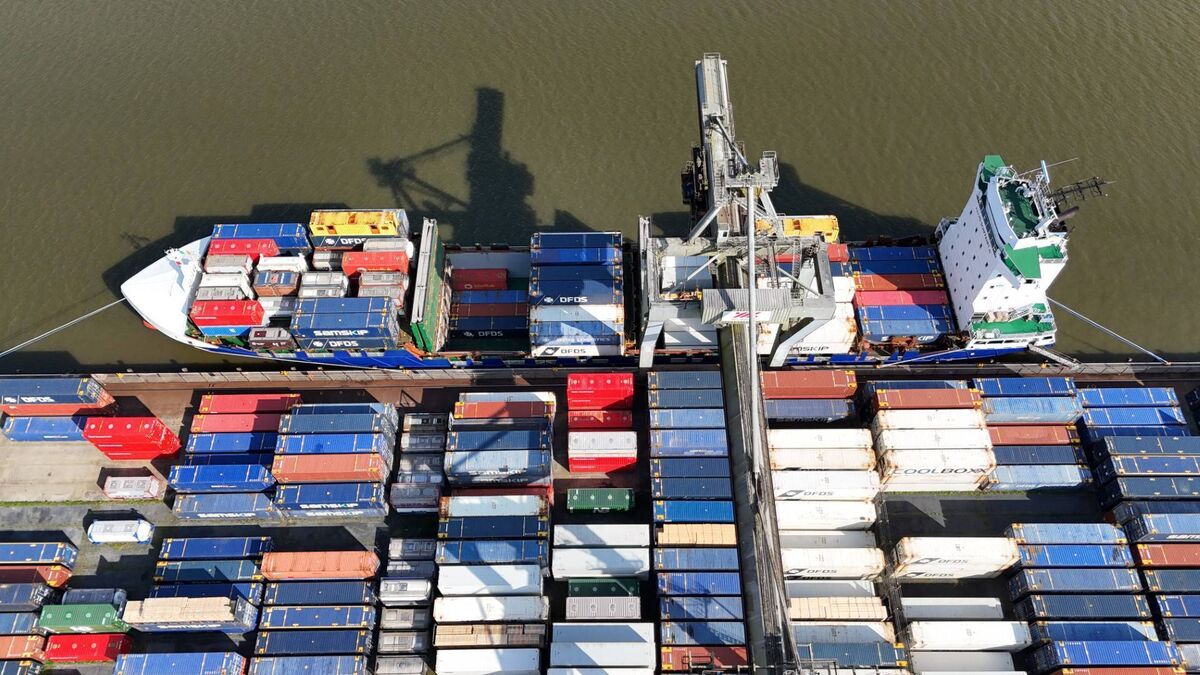
“Farmers there are using these ingredients to produce milk and to grow animals like cattle and lambs. And then the ingredients are very often processed in plants around the region. A good example is Kilkenny Cheese. Their products are all exported in containers. So much is happening in the south-east in that very important agri-sector. It has always been active. We’re delighted to be working with more volume. We’re likely to have double digit growth again this year. For me, as CEO, that’s quite exciting.”
Mr Sinnott says the other thing he is looking at is diversifying the product mix coming through the port. “We see a lot of products for the construction industry coming through such as materials used to make cement and steel. This is an area I’d like to develop. It’s especially important given the housing crisis that we have in this country.”
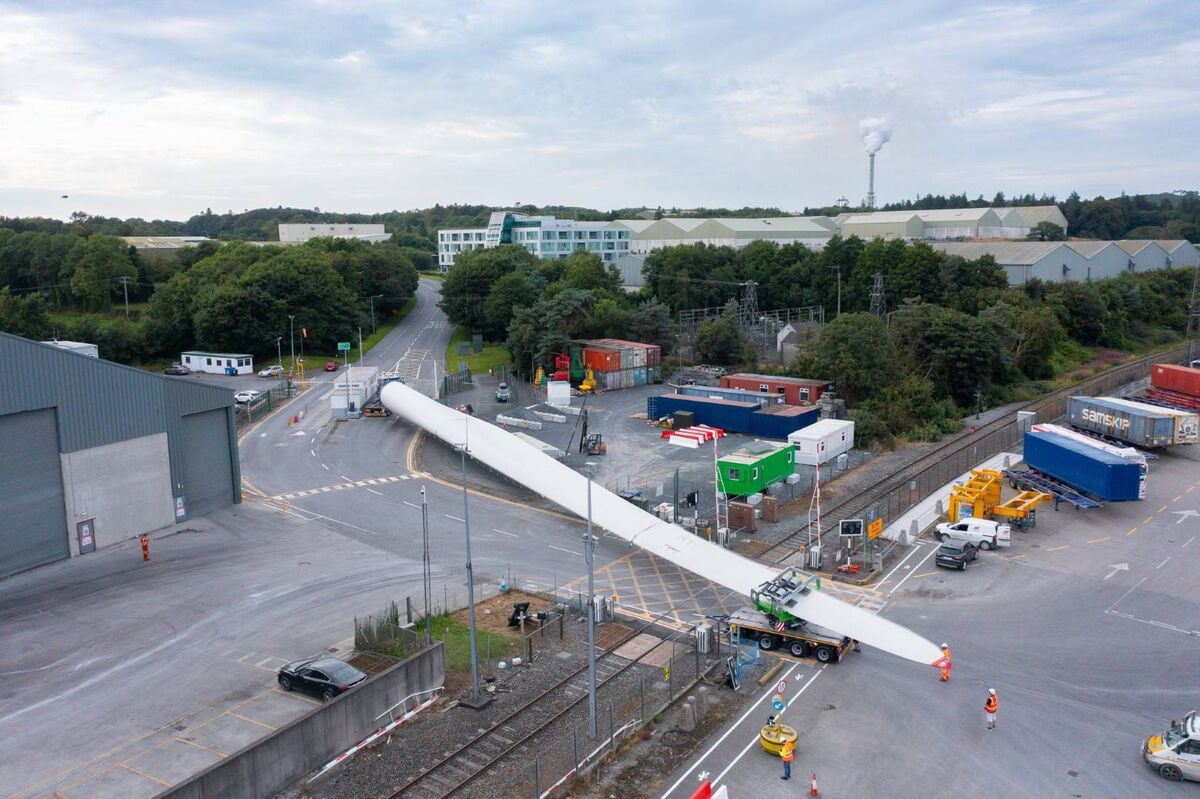
Delighted to support stakeholders close to the port, Mr Sinnott says this includes a cement-making factory. And there is planning permission to develop a gypsum-making factory in the port enterprise area as well.
The port has a twice-weekly container (LoLo) service from Waterford to Rotterdam.
“Rotterdam is Europe’s biggest port, so it’s a good connection to have. Some 94% of the export containers last year were actually from the south-east region. Because of our port, these containers are not travelling to Dublin. There’s the opportunity for them to sail from the south-east to Europe’s largest seaport. The seaway is 12% shorter than from Dublin. Being connected to rail means we’re very pleased to facilitate import and export cargo from the west of Ireland.
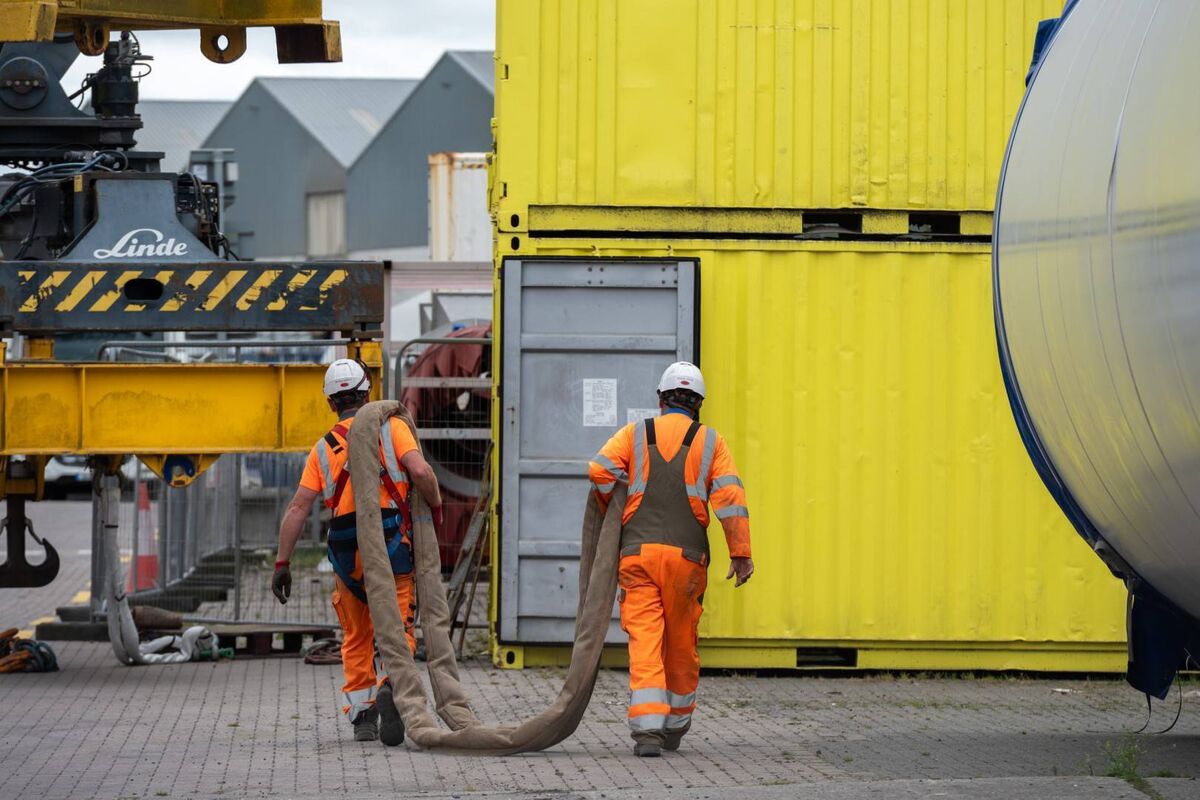
"At the moment, there are two trains per week. We’re hoping there will be a third train operating in the next month or two. The train goes from Belview Port in Waterford to Ballina, directly under the crane. That is very significant. There is no double-handling. So what some people call the ‘last mile’ doesn’t exist.”
The so-called last mile refers to the final stages of transporting materials to a site, often the most difficult and expensive part of delivery.
Port Safety Week took place in the last week of October.
“Every single management meeting at the port and each board meeting starts with an update on health and safety. In my old life, I was making spectacle lenses. Now, I’m here at a port where thousands of tonnes and large ships and trains move over my head,” David said. “For me, the big challenge is situational awareness and personal protective clothing with high visibility. It’s about trying to manage complacency. You think you’re fine. But it’s important to guard against complacency by reminding people and addressing the culture at all levels from the boardroom down to people working on the quay.
“Constant awareness is needed through constant conversation and positive comments when you see good behaviour. Very often, the tendency is to pick up on somebody because they’re not wearing a hard hat or something. The other thing you can do is to really thank the people who are wearing (safety gear). It’s a bit like road safety. It’s about engineering, education and enforcement. The engineering bit and the education bit are just as important as the enforcement. What we tend to do is run exercises to remind people as to why they have to remain vigilant. So we did a ‘man overboard’ exercise and a ‘rescue from height’ exercise.”
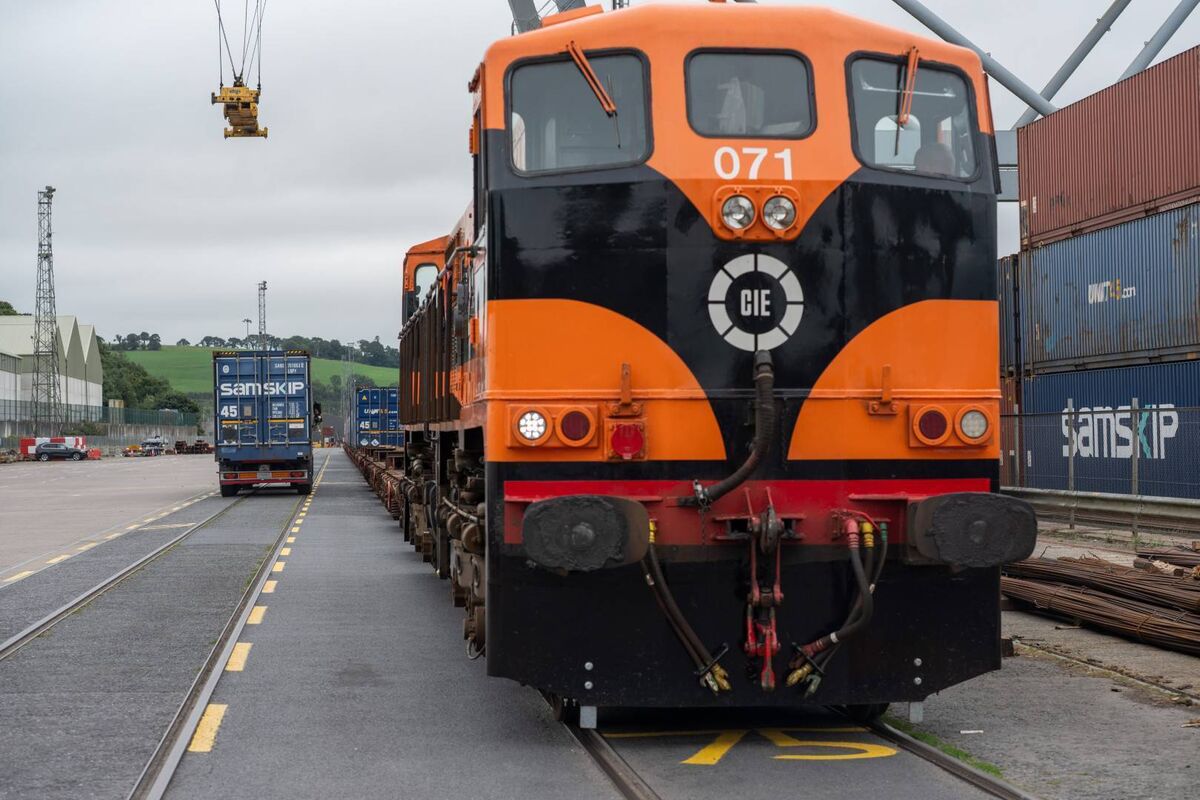
When people ask Mr Sinnott what keeps him awake at night, he says it would be a fatality or a serious injury at the port.
“There haven’t been any,” he says. Mr Sinnott has been in the job for three years. He describes himself as a child of the south-east. “I’m from Wexford and I run the Port of Waterford, which is actually in Co Kilkenny.”
Being involved in a small port, Mr Sinnott is interested in engaging with ports of a similar size. “I won’t learn from Rotterdam, whereas Dublin might. I am always interested to meet with and learn from Ports of similar or slightly larger size than ours.”
This year, the Port of Waterford “has a very special birthday. It’s not a ‘roundy’ birthday but we are 1,111 years old. I would argue, therefore, that we’re Ireland’s oldest continuing business.”
Sustainability is important in every business these days. “If we’re really serious about cutting transport emissions, one of the most carbon-friendly ways of moving materials is by sea. Proximity to a port is very important. We need to be more serious about the economic activities around ports.
Mr Sinnott sees wind farms as a good opportunity for the south-east. “The Brits talk about levelling up the economy. I think wind energy is a real leveller-upper if we can have good clean renewable energy around the coast of Ireland coming from onshore wind farms, especially in the areas where ports are."

There is a need to remind people “that 90% of the global trade value moves by sea and the only way you can access the sea is from a port. I would be encouraging investment in ports. The investment needs to come in many ways. It’s about connectivity. You also need road connectivity and rail connectivity. Then you have the perfect system.”
Waterford Port ticks those boxes and aims to be as perfect as possible in a demanding role.




